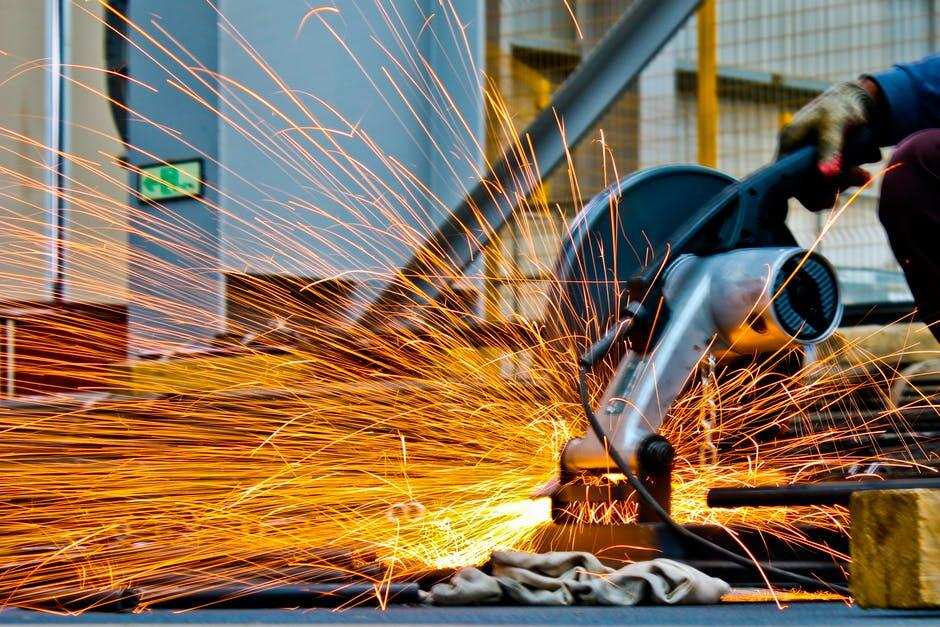Are you looking to improve your skills in making precise saw cuts? Mastering the right techniques and best practices can make all the difference.
Whether you’re a seasoned pro or just starting out, understanding how to achieve clean and accurate cuts is essential. With the right approach, saw cuts can enhance the quality of your work significantly.
Dive into this guide to discover tips that will elevate your sawing game. Let’s get started!
Proper Blade Selection
When it comes to proper blade selection, choosing the right blade is crucial for effective cutting. Different materials require different blade types. For example, if you are cutting through steel plates, a blade designed specifically for metal is necessary. These blades often feature carbide tips or teeth that endure high temperatures and resist wear.
It’s also important to consider the teeth per inch (TPI) of the blade. A higher TPI will give you smoother cuts, while a lower TPI is better for faster cuts through thicker materials. Always ensure that the blade is sharp before you start cutting. Using a dull blade can lead to jagged edges and increase the risk of accidents.
Marking the Cut Line
Marking the cut line is a crucial step in the saw cutting process. A clear and accurate line helps you maintain focus while cutting. Use a straight edge or ruler to draw the line, ensuring it is visible and straight. It’s best to use a pencil for marking, as it provides precision without damaging the material.
Always double-check your measurements before marking to avoid mistakes. Additionally, you can use painter’s tape along the cut line to help guide your saw. This tape can also minimize splintering on wood surfaces. When marking curves, use a flexible curve or template to create the desired shape.
Using Clamps
Using clamps is an important step in ensuring safety and precision during any cutting task. Clamps hold your workpiece securely in place, preventing it from moving while you saw. This stability is essential, especially in plate processing, where you may be working with heavier materials. When clamped properly, you can achieve cleaner cuts and reduce the risk of accidents.
There are various types of clamps available, such as C-clamps and bar clamps, each suited for different applications. Choose the right clamp based on the size and type of material you are using. It’s also a good idea to position the clamps away from the cut line to avoid interference with the saw blade.
Proper Body Positioning
Proper body positioning is key to making accurate saw cuts. Stand with your feet shoulder-width apart for stability. Keep your knees slightly bent to maintain balance. Lean slightly forward to get closer to your workpiece, but do not overreach. Your hands should be positioned firmly on the saw handles.
Ensure that you have a good grip, as this will help control the tool. Avoid twisting your body while cutting; this can lead to mistakes and injuries. Always keep your eyes on the cut line as you work. By positioning your body correctly, you enhance your control and safety during the cutting process.
All About Saw Cuts
In conclusion, mastering saw cuts is essential for achieving quality results in your projects. By focusing on proper blade selection, clear marking, secure clamping, and correct body positioning, you can improve your cutting accuracy and safety.
Remember, practice makes perfect, so keep refining your techniques. With the right skills, you will take your work to the next level.
Looking for more tips and ideas? We’ve got you covered. Check out some of our other posts now.



